- Home
- Machining techniques
- CNC Machining Services
- Cooperative supply services
- Designs
- Materials
- Finishing Services
- Shop
- Products
- Guide
- About Us
- Contact Us
2021.5.31
There are lots of materials used for CNC machining, which material is best and how to choose the most suitable for your CNC project? In this article, we reveal some main types of steels used in CNC & best CNC materals.
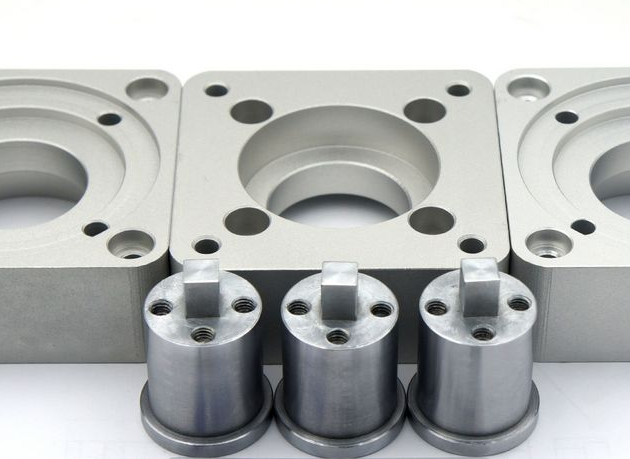
1. Structural Steel For CNC Machining
Structural steel is the most widely used material for CNC machining. It is mainly used to manufacture various important parts of precision machinery and instruments, such as shafts, gears, springs and connectors. It has high requirements for the strength, hardness, plasticity and impact toughness of steel. The mechanical properties of steel mainly depend on the composition and heat treatment of steel.
Structural steels include carburized copper, Quenched and tempered copper, spring copper and ball bearing steel.
Carburized steel has low carbon content and good toughness, so it is suitable for mushroom parts that bear certain impact. After carburizing, quenching and low-temperature tempering, the surface has high wear resistance, while the core has high impact toughness. The carbon content of quenched and tempered steel is medium, and after quenching and tempering (high-temperature tempering after quenching and tempering), it has good comprehensive mechanical properties, After surface quenching treatment. Spring steel with high carbon content has high elastic limit, yield limit and yield strength ratio (Q / V) after quenching and medium temperature tempering. In order to improve the fatigue performance of spring, shot peening is widely used. Grade, composition, heat treatment, properties and application of common carburized steel, quenched and tempered steel and spring steel.
Sleeve bearing steel is a kind of special structural steel, which is mainly used to manufacture rolling sleeve bearing hydraulic body (ball, column, needle), inner and outer rings, etc. Because the bearing steel contains high carbon, it has high hardness and wear resistance; The bearing steel is usually smelted by electric furnace and vacuum degassing, so the content of S and P is lower, which is more conducive to improving the contact fatigue strength of the steel. Therefore, it is also used to manufacture precision measuring tools, precision screw, cold stamping die and other wear-resistant parts. Grade, composition, heat treatment, properties and application of common bearing steels.
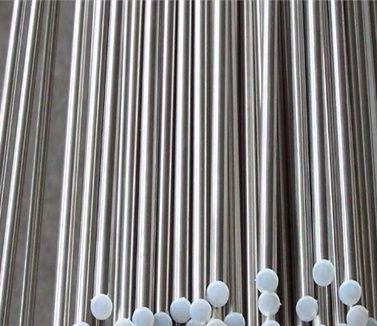
2. Alloy Steel For CNC Machining
Compared with carbon steel, the hardenability of alloy structural steel is better. Therefore, when the performance requirements of parts are fixed, alloy steel can be used to make large-size parts. When the hardenability depth of parts is fixed, alloy steel can be used to quench with a slower cooling rate, so as to obtain the required mechanical properties, resulting in adverse effects on the residual stress and the mechanical properties The risk of cracking and deformation is reduced. The larger the size and the more complex the shape of the parts, the more important the advantage of alloy steel is. Therefore, the parts with large size, complex shape and high performance requirements are mostly made of alloy steel. The corrosion resistance and wear resistance of alloy steel are better than carbon steel, but the price is not as cheap as carbon steel.
3. Tool Steel For CNC Machining
Tool steel is mainly used for manufacturing cutting tools, measuring tools, molds and other tools, so the material is required to have high hardness and wear resistance, certain toughness, small heat treatment deformation, good dimensional stability and other properties, so the steel not only contains high carbon content, but also contains more alloy elements. Grade, composition, heat treatment, properties and application of common tool steels.
4. Stainless Steel For CNC Machining
Stainless steel has high corrosion resistance in the atmosphere and general media, and is widely used in petroleum, chemical industry, atomic energy, aerospace and some cutting-edge science and technology. It is mainly used for making various containers, pipes, valves and pumps, medical surgical instruments, antirust cutting tools and measuring tools.
The most important requirement for stainless steel is corrosion resistance. In addition, when making important structural parts, such as sliding bearing and spring, high strength is required. The stainless steel for tools also requires high hardness and wear resistance. Stainless steel is a kind of high alloy steel which mainly contains steel and shackles. Its carbon content is generally very low. The lower the carbon content is, the better the corrosion resistance is. However, stainless steel for cutting tools and tools should have higher carbon content, and its stuffing content should also be correspondingly increased.
Stainless steel can be divided into martensitic stainless steel and austenitic stainless steel according to the normalized structure. The heat treatment of martensitic stainless steel is similar to that of structural steel. After quenching, it can be tempered at different temperatures to meet the requirements of different parts. The corrosion resistance, plasticity and toughness of austenitic stainless steel are better than those of martensitic stainless steel, but the strength and hardness are lower. The grade, composition, heat treatment, properties and application of commonly used stainless steel.
 Spring Material Types (Properties, Grades, Uses) & Best Selection for Your Project
Spring Material Types (Properties, Grades, Uses) & Best Selection for Your Project
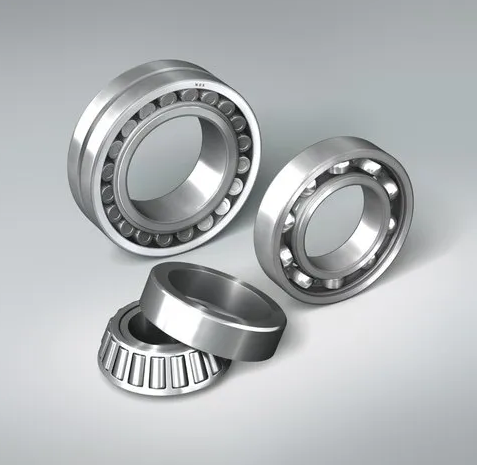 Types of Bearings and Their Applications | Bearing Classification, Definition & Function
Types of Bearings and Their Applications | Bearing Classification, Definition & Function
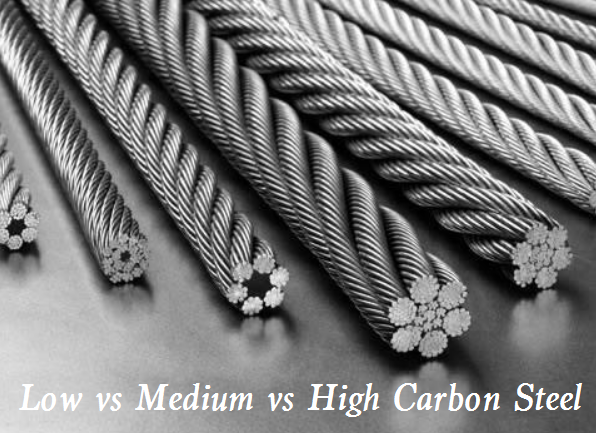 Low vs Medium vs High Carbon Steel – Difference Between Low, Medium and High Carbon Steels
Low vs Medium vs High Carbon Steel – Difference Between Low, Medium and High Carbon Steels
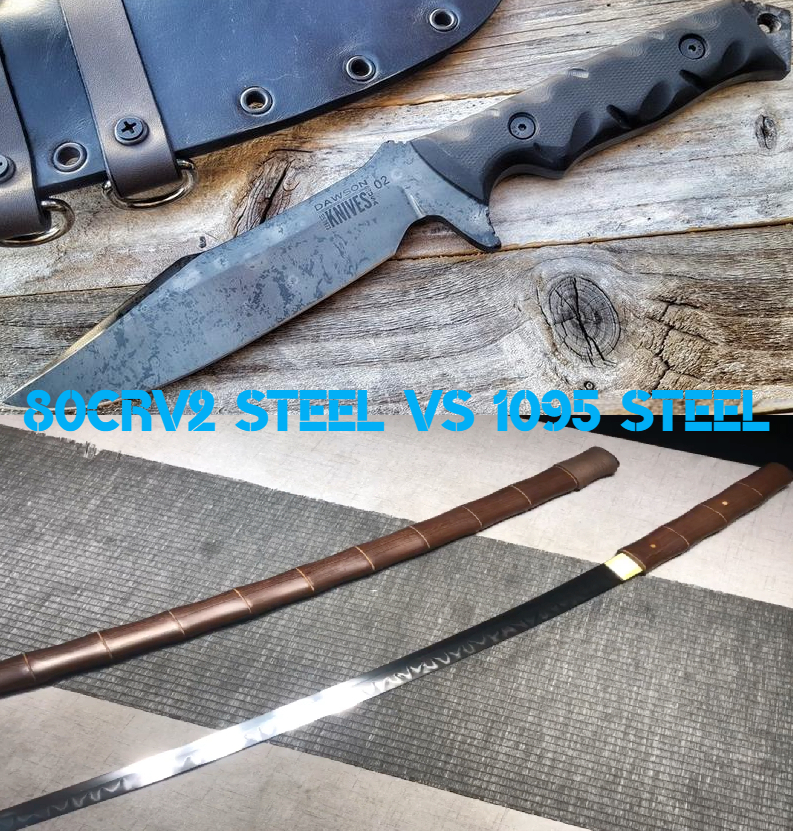 80CrV2 Steel vs 1095 Steel: Differences in Composition, Properties, Use, Price & More
80CrV2 Steel vs 1095 Steel: Differences in Composition, Properties, Use, Price & More
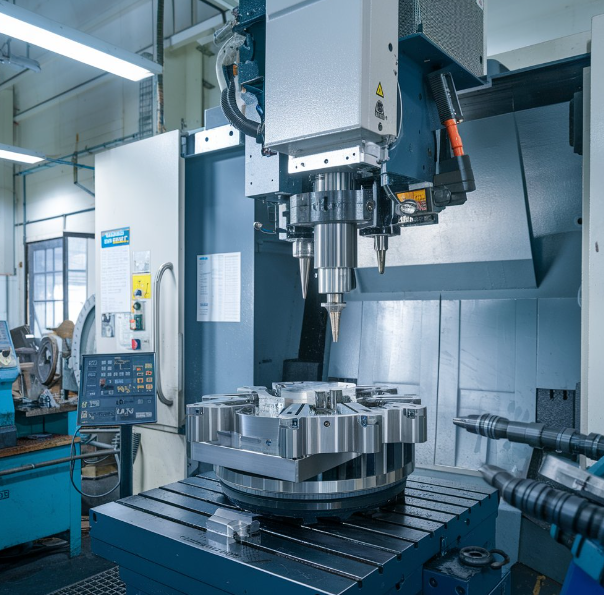 Why Choose China CNC Machining and How to Find the Best CNC Machining Manufacturer
Why Choose China CNC Machining and How to Find the Best CNC Machining Manufacturer
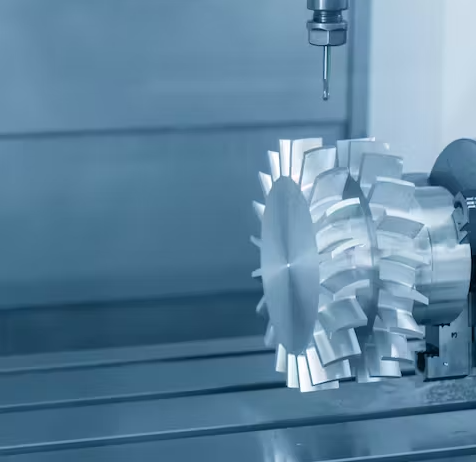 CNC Machining VS Manual Machining: What is the Difference Between CNC and Manual Machining
CNC Machining VS Manual Machining: What is the Difference Between CNC and Manual Machining
